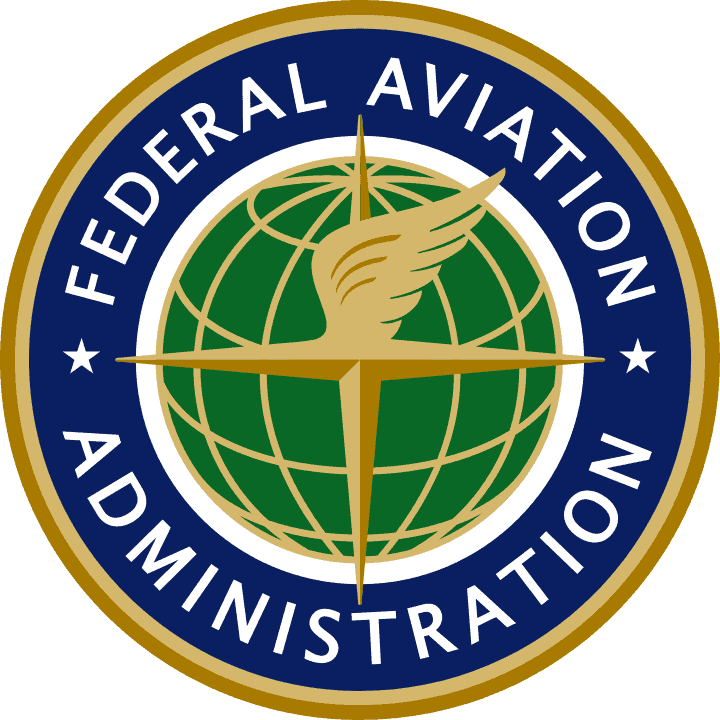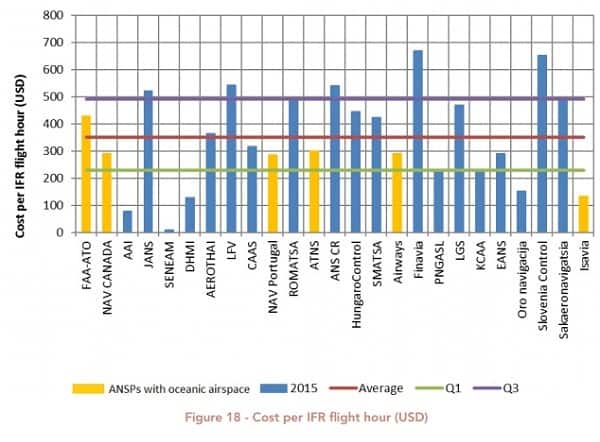Transportation Inspector General: FAA Not Prepared for Major Airspace Disruptions

 If you needed another reason to support dramatic air traffic control reform, the Department of Transportation Office of Inspector General (DOT IG) last week released a report finding that the Federal Aviation Administration (FAA) has failed to implement effective operational contingency plans in the wake of the 2014 Chicago Air Route Traffic Control Center fire. That incident prevented the Chicago Center from handling air traffic for two weeks, leading to thousands of delayed or canceled flights into and out of O’Hare and Midway airports, and costing airlines and other aviation stakeholders more than $350 million.
If you needed another reason to support dramatic air traffic control reform, the Department of Transportation Office of Inspector General (DOT IG) last week released a report finding that the Federal Aviation Administration (FAA) has failed to implement effective operational contingency plans in the wake of the 2014 Chicago Air Route Traffic Control Center fire. That incident prevented the Chicago Center from handling air traffic for two weeks, leading to thousands of delayed or canceled flights into and out of O’Hare and Midway airports, and costing airlines and other aviation stakeholders more than $350 million.
Among the report’s findings:
- Controller contingency training has not been fully implemented because the contingency plans themselves are not complete.
- Controllers stated that the training they have received is not adequate for handling major disruptions.
- Many of the new technologies that could mitigate disruption risks will not be available for years, if ever.
This latest report adds to a growing list of official audits finding the FAA’s airspace modernization efforts, known as NextGen, to be woefully lacking. In November 2016, the DOT IG found that “while FAA’s transformational programs provide the basic infrastructure for modernization, it is unclear when or if they can introduce new capabilities that can fundamentally change how air traffic is managed.”
That same month, a Government Accountability Office report noted:
[Six operations-focused] NextGen activities that FAA originally envisioned for the mid-term have been deferred beyond 2030 because, according to FAA officials, the activities are not needed or are infeasible—either technically or operationally. FAA officials explained that these applications are not in progress, and may be continually deferred, redefined, or never implemented.
Over-budget, over-time, under-delivered is a good way to describe the FAA’s ongoing failure to bring air traffic control into the 21st century. The problem is fundamentally institutional and will not be solved by Congress simply throwing more good money after bad. Real change is needed.
Fortunately, House Transportation and Infrastructure Committee Chairman Bill Shuster (R-Penn.) is expected to introduce major air traffic control reforms in the forthcoming FAA reauthorization bill. Modeled on NAV CANADA’s successful reforms from two decades ago, the proposal is expected to spin off the FAA’s Air Traffic Organization into an independent nongovernmental nonprofit corporation. This nonprofit would then be governed by a board of aviation stakeholders. The billions of dollars in annual aviation taxes that support air traffic control would be eliminated and replaced by cost-based user fees.
Some members of Congress have expressed concerns over future costs and air traffic control service prices. But the evidence suggests these concerns are misplaced. Since Canada corporatized air traffic control more than 20 years ago, inflation-adjusted user fees are one-third lower than the aviation taxes they replaced.
And according to the Civil Air Navigation Services Organization’s Global Air Navigation Services Performance Report 2016, NAV CANADA’s cost per IFR flight hour (a measure of cost efficiency) is approximately one-third lower than the FAA’s:

Support for these badly needed reforms comes from a wide variety of sources, including the union representing the FAA’s air traffic controllers, nearly every major airline, most independent aviation researchers, and former officials in the Reagan, H.W. Bush, Clinton, W. Bush, and Obama administrations. Congress and the new administration are well-positioned to enact the most significant aviation reforms since the bipartisan Airline Deregulation Act of 1978. There’s no good reason why a similar bipartisan coalition shouldn’t be able to transform air traffic control in 2017.